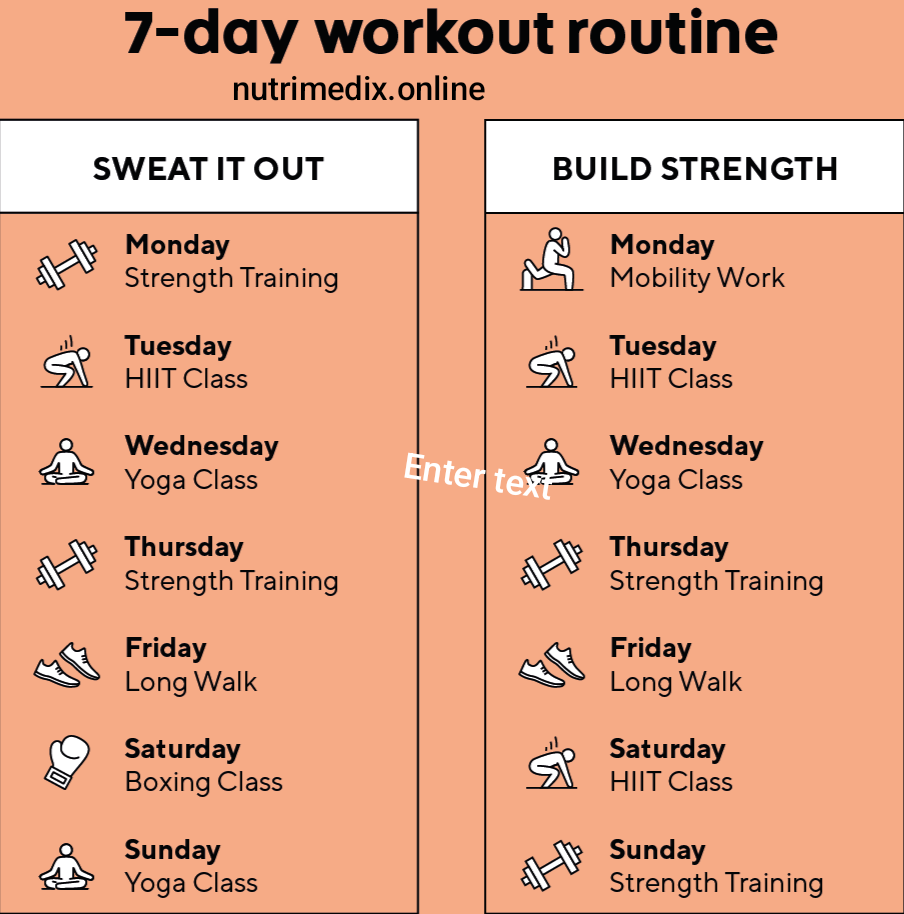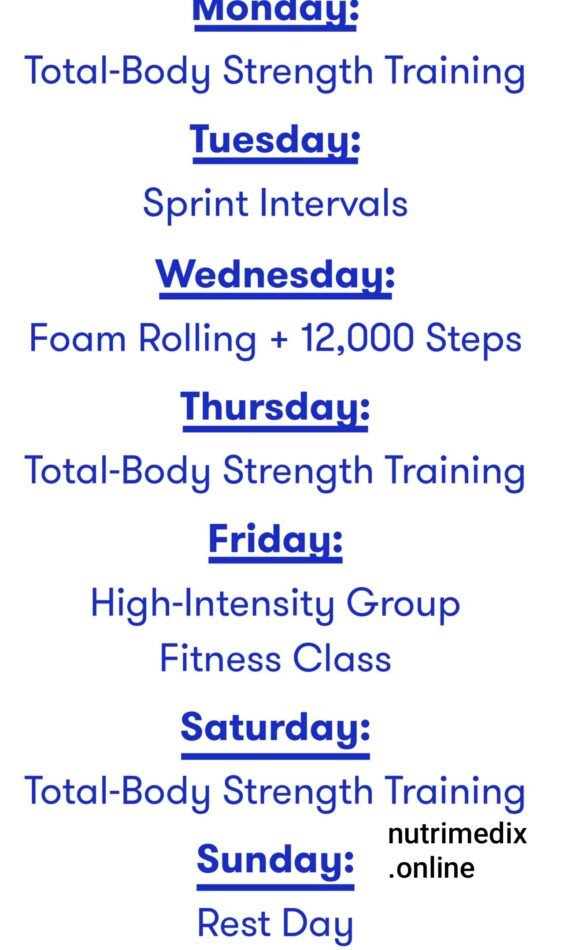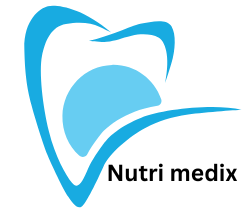Understanding the gym and workout routine, its types, benefits, workout plan Statistics and workout daily routine.
What is a gym workout?
A gym workout refers to a structured routine of physical exercises performed in a gym or fitness center. These workouts are typically designed to improve overall fitness, build muscle, increase strength, and enhance endurance. Gym workouts often involve various equipment such as dumbbells, barbells, machines, and cardio devices like treadmills or stationary bikes. Gym workouts can be tailored to beginners, intermediates, or advanced gym-goers depending on their experience and fitness level. Additionally, they should be combined with proper nutrition and rest to achieve the best results.
Workout plan
Workouts can be customized based on an individual’s fitness goals, whether it’s weight loss, muscle building, or improving cardiovascular health. A typical workout plan may include:
- Strength Training: Exercises like squats, deadlifts, bench presses, and bicep curls to build muscle and strength.
- Cardio: Activities like running, cycling, or rowing to improve heart health and burn calories.
- Flexibility and Mobility: Stretching or yoga to enhance range of motion and reduce injury risk.
- Core Workouts: Exercises targeting the abdominal and lower back muscles, like planks and crunches.
Gym workouts can be tailored to beginners, intermediates, or advanced gym-goers depending on their experience and fitness level. Additionally, they should be combined with proper nutrition and rest to achieve the best results.
Workout types
To build muscle, you need to commit to consistent strength training, along with proper nutrition. Here’s a simplified workout types :
- Frequency: Work each muscle group 2-3 times a week. Aim for at least two days in the gym, but take rest days to allow muscle recovery.
- Volume & Weight: For muscle gain, aim for 3-4 sets of 8-12 reps with weights that challenge you but still allow proper form.
- Progressive Overload: Gradually increase the weight or reps over time to avoid plateaus and keep building muscle.
- Machines vs. Free Weights: Both can be effective. Resistance machines are great for beginners to maintain form, while free weights build more stability and strength.
- Split Workouts: Use split routines (like Push/Pull/Legs) to target specific muscle groups on different days, giving each area proper focus and recovery time.
- Nutrition: Eat a slight calorie surplus with enough protein (at least 1.4g per kg of body weight) to fuel muscle growth. If losing fat, a high-protein diet is still key to preserving muscle.

Benefits of a Gym Workout Routine
- Get Fit and Strong:
- Builds muscle and strength through weightlifting and bodyweight exercises.
- Cardio activities like running and cycling promote heart health and aid in weight loss.
- Boost Your Energy:
- Increases energy levels through improved blood flow and oxygen delivery to muscles.
- Stay Flexible and Mobile:
- Enhances range of motion and mobility through stretching and flexibility exercises.
- Makes everyday activities easier and reduces the risk of injuries.
- Strengthen Your Immune System:
- Regular exercise boosts the immune system, helping fend off illnesses.
- Support Your Bones and Joints:
- Weight-bearing exercises strengthen bones and improve joint stability for long-term health.
- https://nutrimedix.online/how-to-lose-weight-fast-7-scientific-tips/
In short, committing to a gym workout routine can lead to a healthier, happier you. Whether you’re a fitness newbie or a seasoned pro, the benefits are undeniable, and they can make a significant difference in your overall quality of life.
At-Home Workout Routine for Men
Whether you’re an experienced lifter or just starting out, working out at home can be a great way to stay fit without the gym. Below is a routine that requires minimal equipment, but don’t worry—you can still get a solid workout in! Some exercises can even be swapped out for bodyweight moves if needed.
You can use these exercises as a week-long routine, or if you’re more advanced, cycle through them for several sessions each week. If weight loss is your goal, you can add some cardio like running or cycling between sessions.
Day 1: Legs, Shoulders, and Abs
- Legs: Dumbbell squats — 3 sets of 6–8 reps
- Shoulders: Standing shoulder press — 3 sets of 6–8 reps
- Legs: Dumbbell lunges — 2 sets of 8–10 reps per leg
- Shoulders: Dumbbell upright rows — 2 sets of 8–10 reps
- Hamstrings: Romanian dumbbell deadlifts — 2 sets of 6–8 reps
- Shoulders: Lateral raises — 3 sets of 8–10 reps
- Calves: Seated calf raises — 4 sets of 10–12 reps
- Abs: Crunches with legs elevated — 3 sets of 10–12 reps
Day 2: Chest and Back
- Chest: Dumbbell bench press or floor press — 3 sets of 6–8 reps
- Back: Dumbbell bent-over rows — 3 sets of 6–8 reps
- Chest: Dumbbell fly — 3 sets of 8–10 reps
- Back: One-arm dumbbell rows — 3 sets of 6–8 reps
- Chest: Pushups — 3 sets of 10–12 reps
- Back/Chest: Dumbbell pullovers — 3 sets of 10–12 reps
Day 3: Arms and Abs
- Biceps: Alternating biceps curls — 3 sets of 8–10 reps per arm
- Triceps: Overhead triceps extensions — 3 sets of 8–10 reps
- Biceps: Seated dumbbell curls — 2 sets of 10–12 reps per arm
- Triceps: Bench dips — 2 sets of 10–12 reps
- Biceps: Concentration curls — 3 sets of 10–12 reps
- Triceps: Dumbbell kickbacks — 3 sets of 8–10 reps per arm
- Abs: Planks — 3 sets of 30-second holds

Beginner’s Workout Routine for Men
If you’re just getting started at the gym, it can be a bit overwhelming. But don’t worry! With the right guidance, it’s not only manageable but can be fun too.
As a beginner, you’ll likely make progress fast, because almost any exercise you do will help build muscle and strength. Just make sure not to overdo it. Overexertion can lead to injuries or burnout.
This routine has you working out three days a week, focusing on full-body sessions. It’s designed to help you get comfortable with new movements, perfect your form, and give your body time to recover.
Rest periods: 90–180 seconds for main exercises, 60–90 seconds for smaller movements.
Intensity: Use weights that allow you to finish the reps with about two good reps left in the tank.
Day 1: Full Body
- Legs: Barbell back squats — 3 sets of 5 reps
- Chest: Flat barbell bench press — 3 sets of 5 reps
- Back: Seated cable rows — 3 sets of 6–8 reps
- Shoulders: Seated dumbbell shoulder press — 3 sets of 6–8 reps
- Triceps: Cable rope triceps pushdowns — 3 sets of 8–10 reps
- Shoulders: Lateral raises — 3 sets of 10–12 reps
- Calves: Seated calf raises — 3 sets of 10–12 reps
- Abs: Planks — 3 sets of 30-second holds
Day 2: Full Body
- Back/Hamstrings: Barbell or trap bar deadlifts — 3 sets of 5 reps
- Back: Pullups or lat pulldowns — 3 sets of 6–8 reps
- Chest: Barbell or dumbbell incline press — 3 sets of 6–8 reps
- Shoulders: Machine shoulder press — 3 sets of 6–8 reps
- Biceps: Barbell or dumbbell biceps curls — 3 sets of 8–10 reps
- Shoulders: Reverse machine fly — 3 sets of 10–12 reps
- Calves: Standing calf raises — 3 sets of 10–12 reps
Day 3: Full Body
- Legs: Leg press — 3 sets of 5 reps
- Back: T-bar rows — 3 sets of 6–8 reps
- Chest: Machine or dumbbell chest fly — 3 sets of 6–8 reps
- Shoulders: One-arm dumbbell shoulder press — 3 sets of 6–8 reps
- Triceps: Dumbbell or machine triceps extensions — 3 sets of 8–10 reps
- Shoulders: Cable or dumbbell front raises — 3 sets of 10–12 reps
- Calves: Seated calf raises — 3 sets of 10–12 reps
- Abs: Decline crunches — 3 sets of 10–12 reps
Statistics
64.19 million Americans are members of a gym or health club. 21% of gym members visit the gym daily. Weights & machines are used by 38% of gym members. The online fitness industry was worth $6.04 billion in 2019.

